-
11Mount to Case
Hardware
One of my favorite parts of this box is the secret compartment underneath the entire panel. It was easy enough to do using a 12v electronic locker latch, cabinet hinges, and hydraulic lift arms.
![]()
I found some nice frameless cabinet hinges to use for this project. Though I ran into a problem with them being spring loaded. So I had to remove the springs from the hinges to allow the latch to release.
A really easy way to mount items directly to a plastic box is by using threaded heat set inserts. Mounting to the panel is straight forward as it's made out of wood. Just be sure to use short screws so you don't risk cracking the acrylic layer.
I mounted the latch catch, hinges and hydraulic knuckles to the panel first. Then took my time aligning, measuring, and marking the locations for the heated inserts in the case. Everything except the latching mechanism is adjustable so take extra care in marking those holes. It also needed some spacers to clear the valve built into the case. Once you're confident of the locations, drill out the plastic and use a soldering iron to attach the threaded heated inserts.
Then bolt on the rest of the hardware.
Emergency Latch Release
Since the latch can only be released electronically once it's closed, I made a little jig out of wire as an emergency release option. This allowed me to open the case by using the wire to push the mechanical release lever on the back of the latch.
![]()
![]()
Latch Electronics
This ended up being a very convoluted system as no 5V power bank I had could provide enough current to the 5-12V boost circuit to trigger the latch. So I ended up adding an internal single cell Lipo battery and a charging circuit just to power the 5-12V boost circuit and drive the latch. The boost circuit can then be enabled by an IO pin from the Power Grid board.
![]()
Another approach would be to have 12V come in through the USB C port and the step down to 5V for the main electronics. This would eliminate the need for an internal battery to open the latch.
-
12Create Tools & Toolbox
Create Tools
The tools are RFID cards that I trimmed down so that they would fit in the lock box.
To trim the cards use a backlight to get an idea of where the coil and chip are located. Then trim away the extra space and add a label. The labels we're printed with some clear laser jet labels I had.
![]()
Setup Toolbox
The toolbox just needs a Star Trek label, the Engineers symbol (found in main display cutter friendly.studio3), and set the code to 9765.
![]()
The master key should not be placed in the toolbox. Keep it safe somewhere to release the secret compartment under the control panel without solving the puzzle.
-
13Print Clues
Opening Story
Print the following out on a slip of paper and place in the box with the other items.
Commander's Log: Star Date 45573.6
I've been assigned to take an away team from the USS Mildred to the surface of Sigma Trianguli VII. Our mission is to find rare Mimetic Crystals known only to exist on this planet and crucial to developing a cure for a disease plaguing an ally of the federation. Unfortunately, this planet has very strong electromagnetic storms making it too dangerous to beam down to the surface. We had no other choice than to take a shuttle craft to the planet's surface to complete our mission. As we descended through the storm an ionic surge struck one of the nacelles forcing us to make an emergency landing. Our shuttle has been heavily damaged with many systems beyond repair. Even so, we must use what little resources we have left to find a way to return to the USS Mildred with the Mimetic Crystals before time runs out.
Book Clues
There are 5 books that users need to look up the ISBN number too that will give them the order of the Isolinear Chips.
1. The Ultimate Hitchhiker's Guide To The Galaxy: Five Novels and One Story by Douglas Adams
ISBN-10: 03072918122. The Martian - A Novel by Andy Weir
ISBN-10: 08041390243. Astrophysics for People in a Hurry (Large Print!) by** Neil deGrasse Tyson
ISBN-10: 14328435244. Station Eleven by Emily St John Mandel
ISBN-10: 03853533085. The Story of the Universe in 100 Stars by Florian Freistetter
ISBN- 10: 1615197362I initially made labels of just the book title and number and hid them throughout the box. Under panels, in the tool box, on the outside of the box. Then the user would have to use the clued given to realize that they had to find the ISBN number of the books.
Having users lookup ISBN numbers online was a bad idea, as each print of a book gets it's own ISBN number. So some books have hundreds of different numbers.
I've considered making little "books" (Mini book covers printed out of card-stock) with the ISBN number printed on it to avoid having go online to look up the books. Or another Webpage with a list of books.
-
14Deploy Website or Print Guides
During the game, the system will prompt the crew to download information using NFC. While this was a really cool concept, it didn't always work with every phone, especially ones with thick cases. To instead of the website, you may want to just print out the users manual instead. Or just message the players the link to the website and pages at the appropriate times.
The websites are just static pages and you can deploy them on any hosting service.
You'll need to edit the Scan Results page with the locations or clues on where to find the Mimetic Crystals.
 RubenFixit
RubenFixit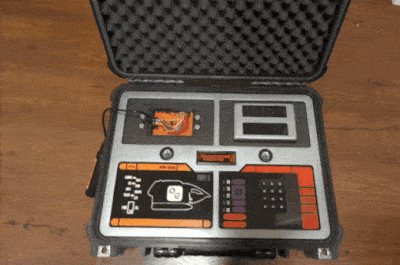
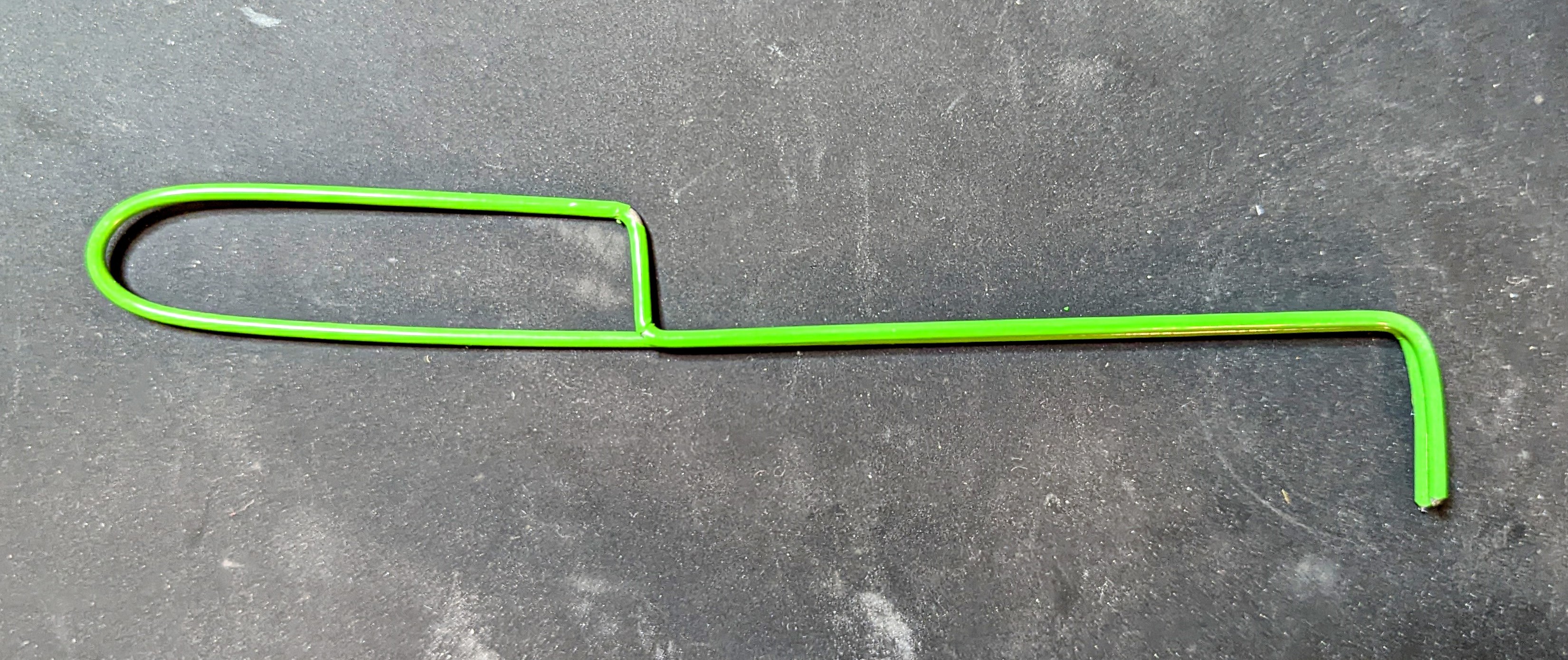
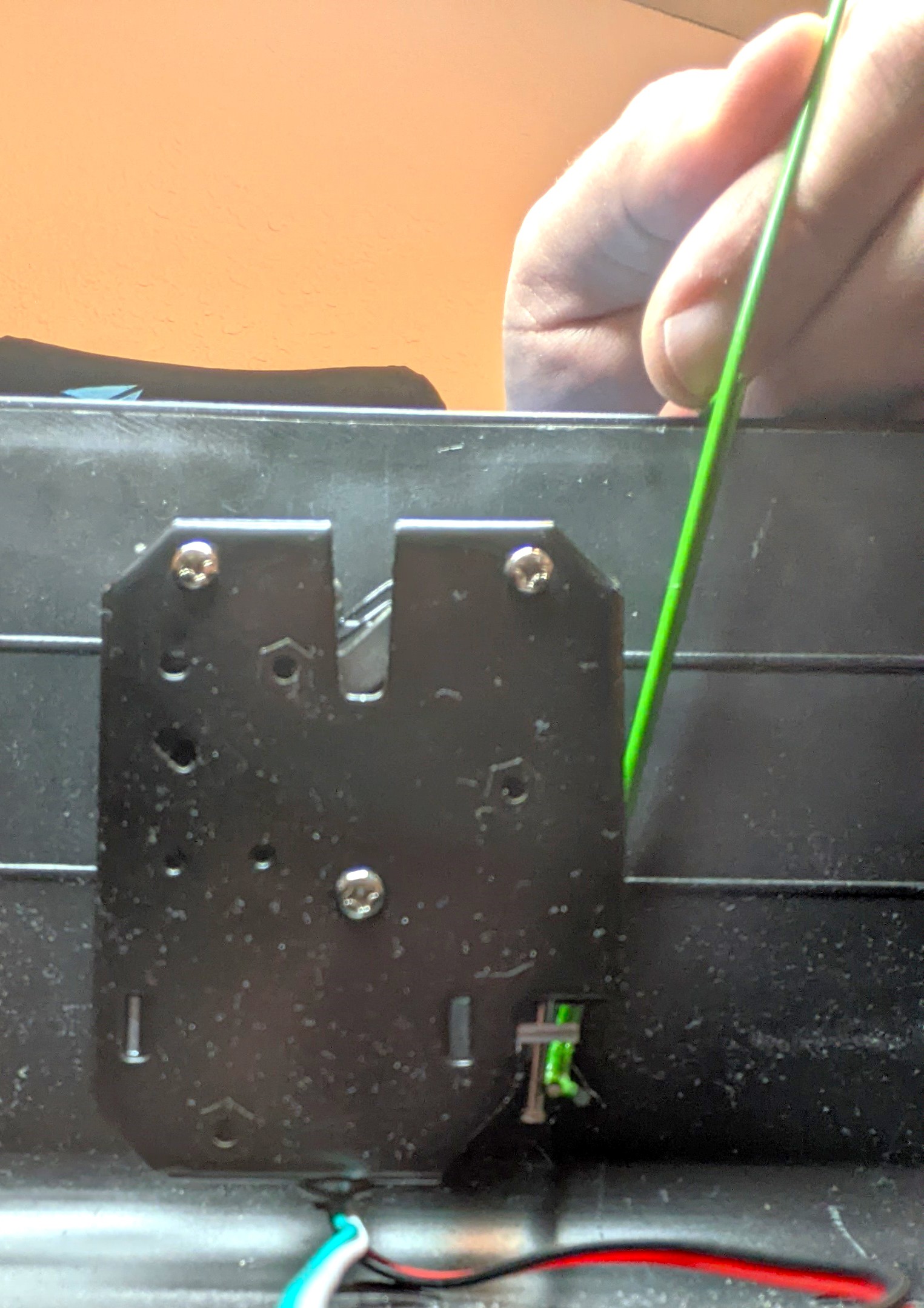
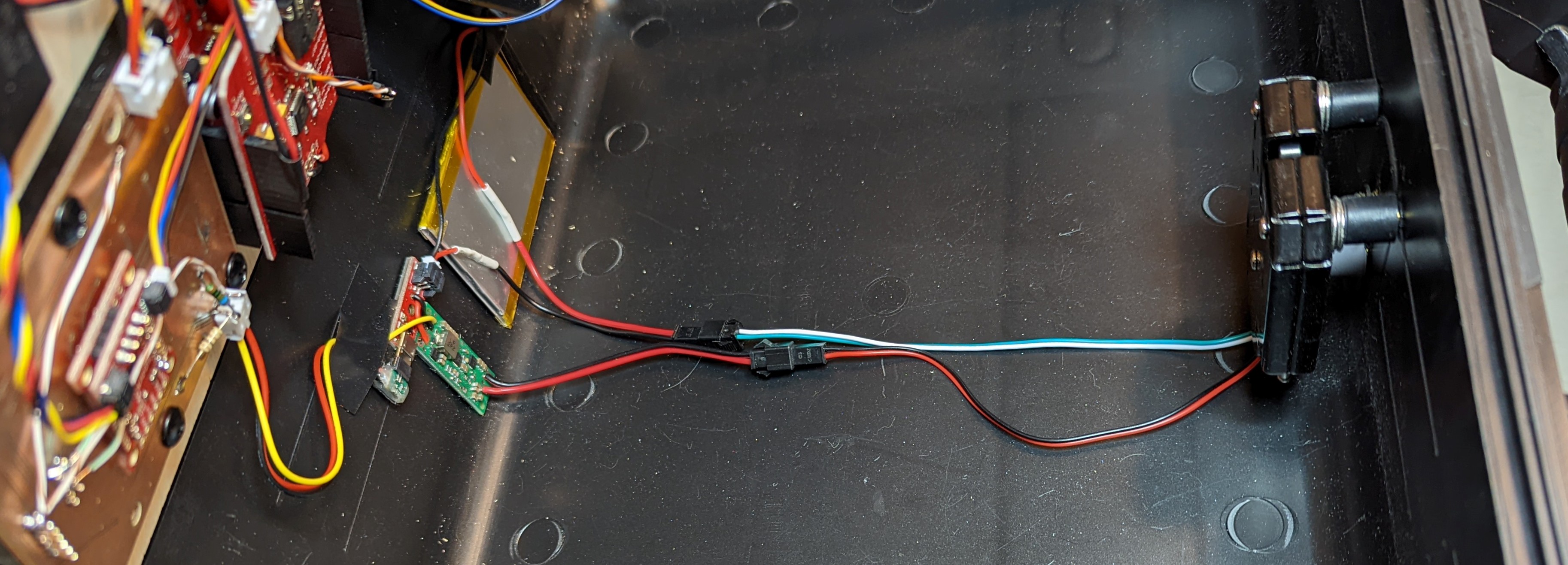
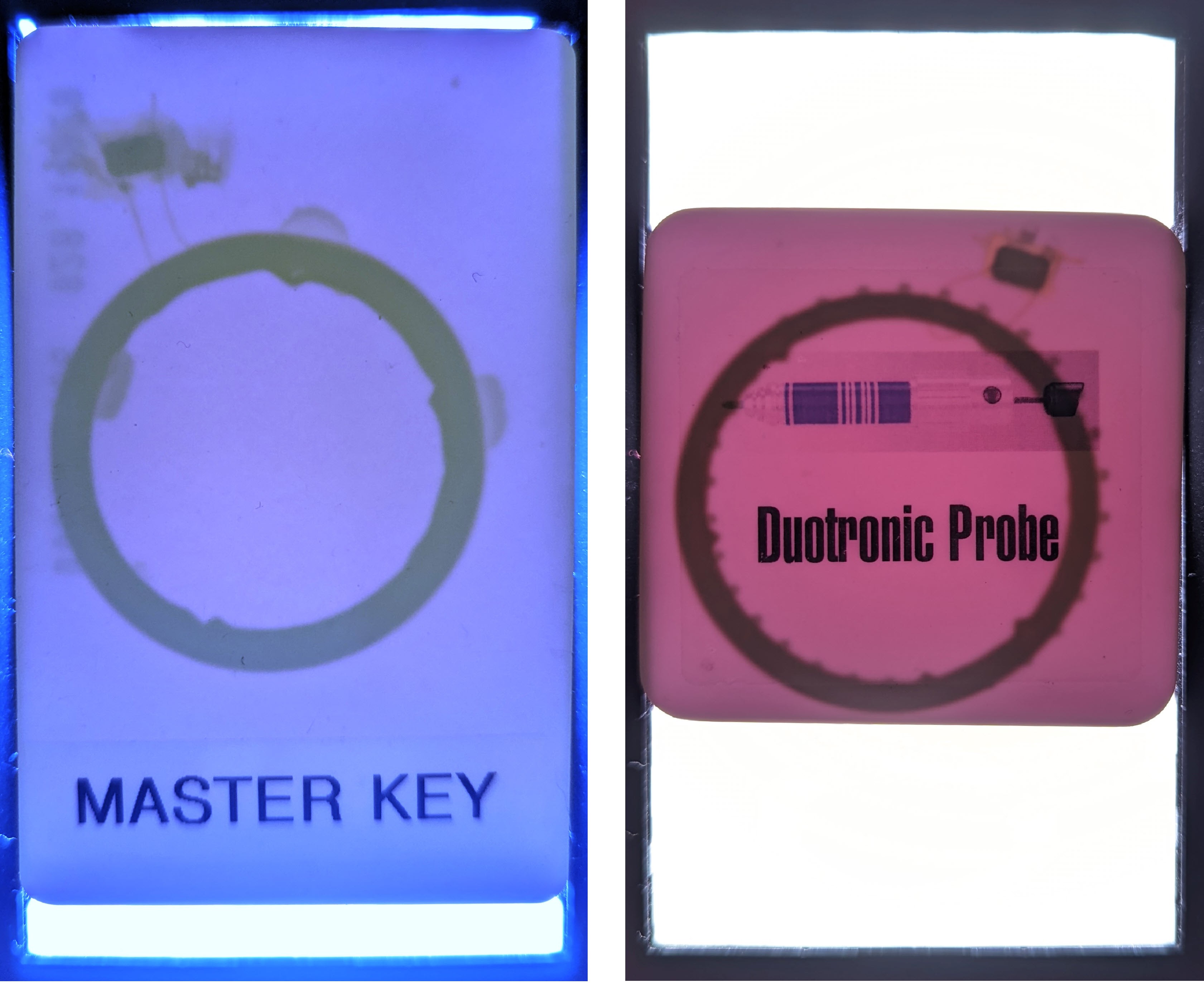
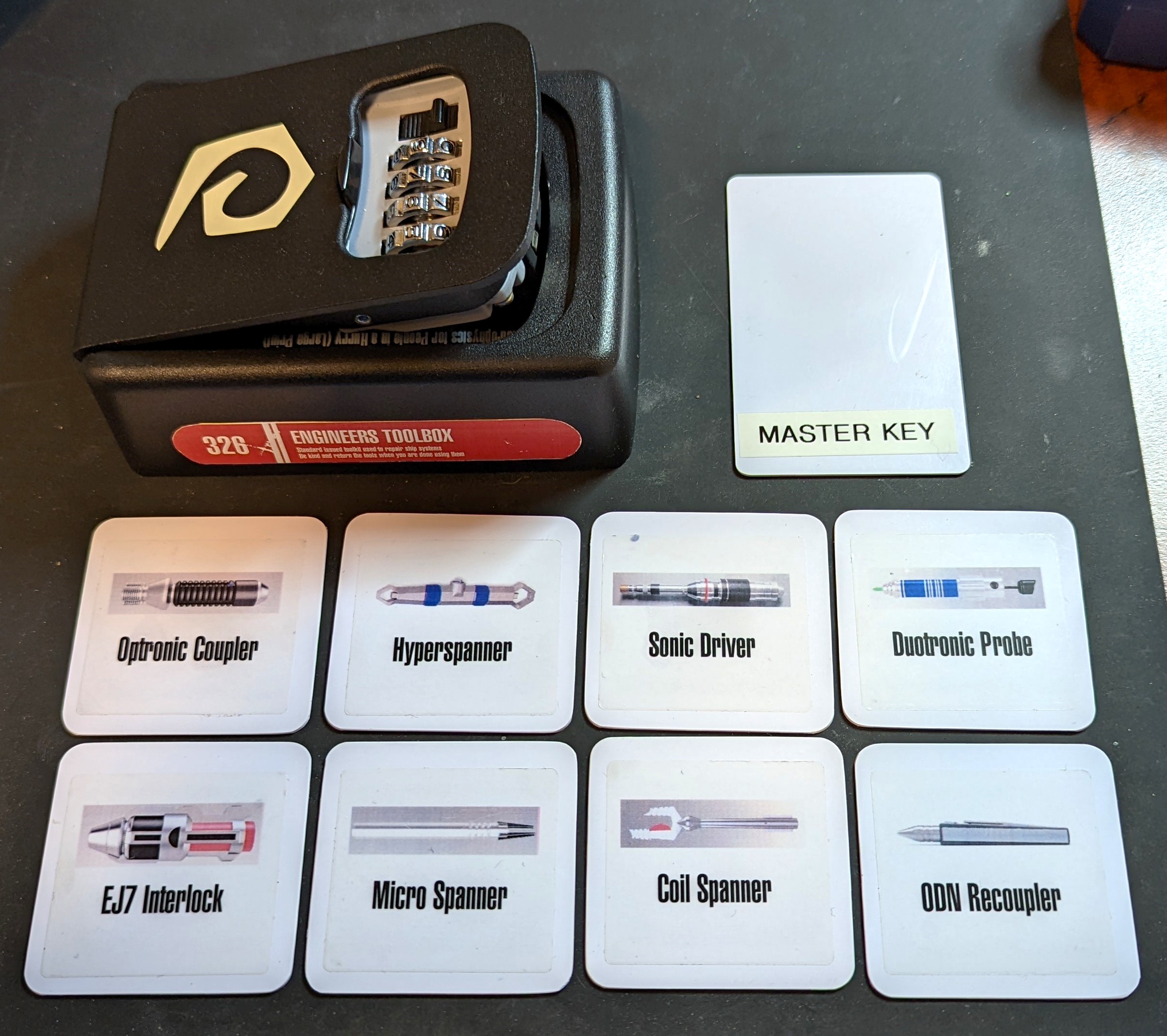
Discussions
Become a Hackaday.io Member
Create an account to leave a comment. Already have an account? Log In.